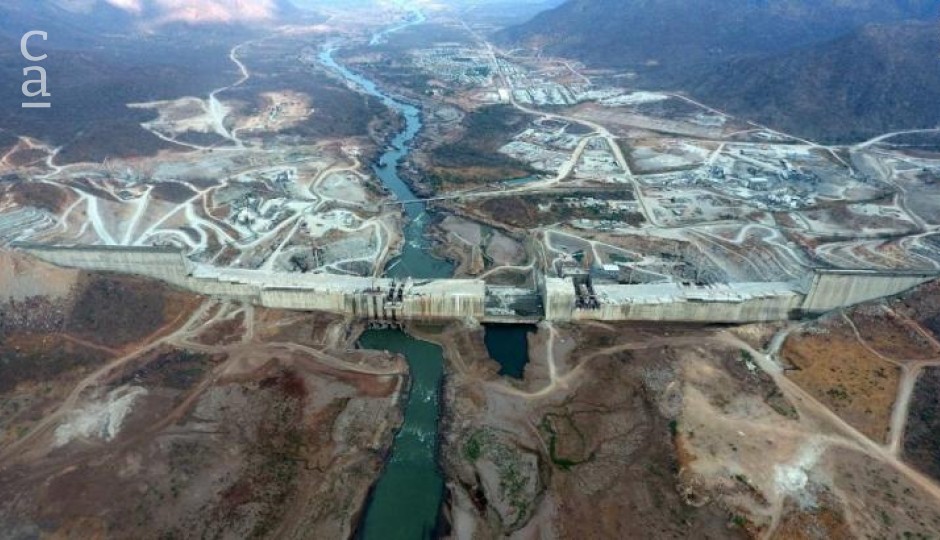Eastern Africa
Dispute between Ethiopia, Sudan, and Egypt over GERD construction on the Nile
Ethiopia, Egypt and Sudan are locked in a dispute over the Grand Ethiopian Renaissance Dam (GERD), which Ethiopia is constructing on the Blue Nile river.

Egypt and Sudan fear that this project will have a negative impact on their water supply. This Great Ethiopian Renaissance Dam is 170 meters high and nearly two kilometers long. Once completed, it will be the largest hydroelectric installation in Africa.
The construction of this Dam, which is located on the
Want to continue?
Subscribe to get access to premium content
By subscribing you get access to the Newsfeed, Tenders, Events



